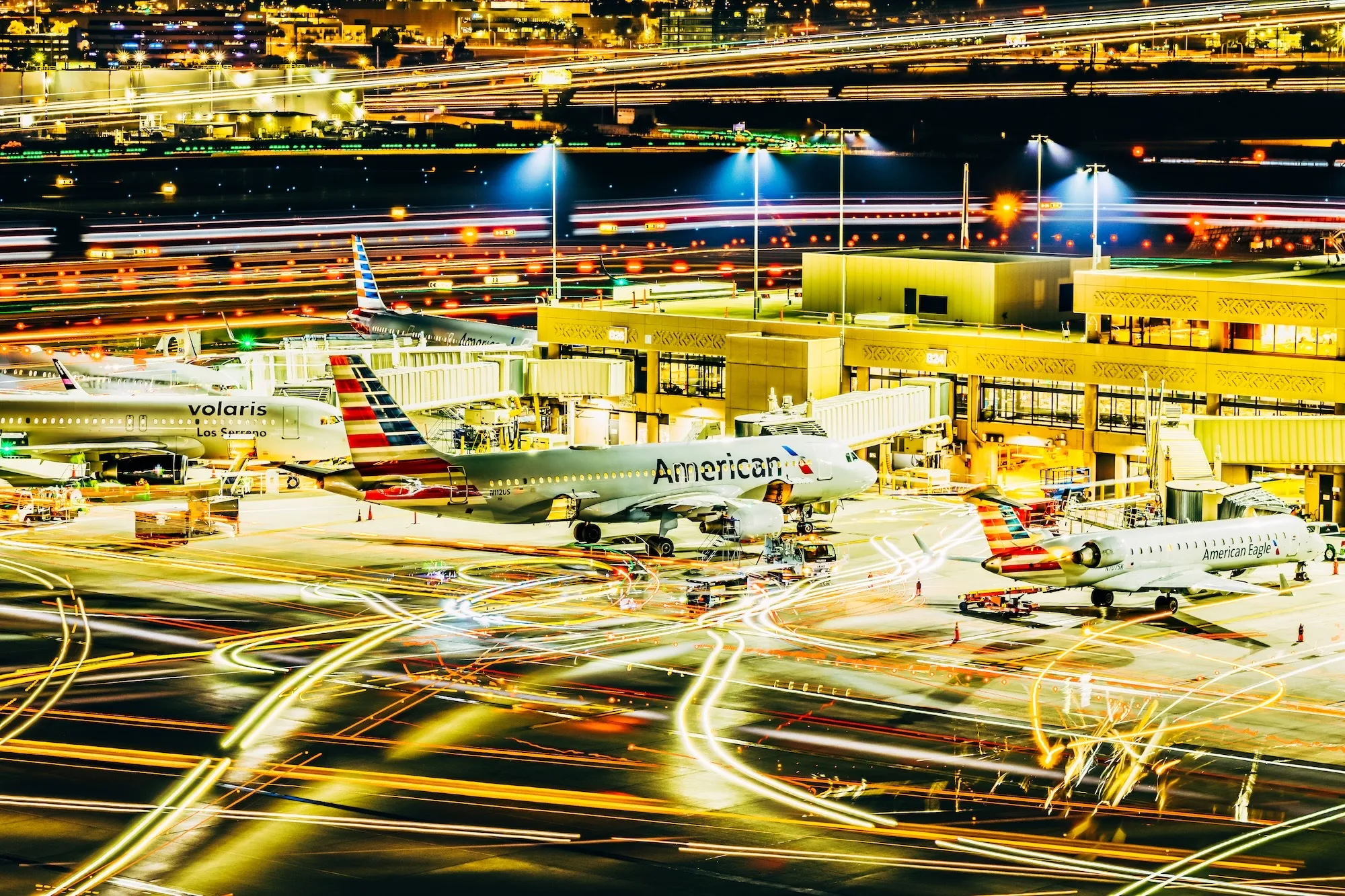DALLAS — U.S. airlines are facing another day of elevated operational disruption, with three percent of all scheduled departures canceled today, according to new data from aviation analytics firm Cirium. The cancellations affect 748 of the roughly 25,375 flights scheduled to depart from U.S. airports on Friday, November 7.
The impact is uneven across carriers. The largest legacy airlines—American, Delta, and United—are seeing the highest number of canceled flights in absolute terms. At the same time, Southwest, Spirit, and Alaska are so far experiencing relatively limited disruption. United remains the most affected by percentage, canceling just over four percent of its schedule.
Cancellations are expected to continue into the weekend, though at a lower level. As of 6:00 AM Eastern Time today, airlines have already scrubbed 365 flights from Saturday’s schedule, representing 1.7 percent of planned departures. Those figures are likely to rise as airlines finalize their schedules and adjust for aircraft routing issues, crew time limits, and weather-driven delays.
Historical Severity, Locations
While the current situation is notable, it does not yet qualify as a systemwide meltdown. Cirium’s historical operations database shows that today ranks as the 72nd worst day for U.S. flight cancellations since January 1, 2024—a period that includes multiple weather events, FAA staffing disruptions, and software outages.
The worst day during that span saw more than 3,000 cancellations in a single day—over 14 percent of all scheduled flights. By contrast, today’s three percent cancellation rate, while disruptive to travelers, remains far below the industry’s most severe periods of strain.
Flight-level data provided by Cirium shows significant concentrations of cancellations in three areas:
- Short-haul “shuttle” routes in the U.S. Northeast
- Intra-Florida flying, including high-frequency leisure routes
- Feeder traffic between Dallas/Fort Worth and smaller regional airports
These patterns suggest a strategic trimming of frequencies rather than deep cuts to long-haul flying. Cirium notes that some carriers appear to be protecting widebody operations and international routes, choosing instead to eliminate shorter itineraries with built-in alternatives.
The situation remains fluid. With airlines already operating on thinner schedule buffers and reduced spare aircraft capacity, even modest disruptions can spill over into subsequent days. Cirium is continuing to track the data and will issue updates if the cancellation rate climbs or if a specific carrier or airport begins to buckle under cascading delays.




